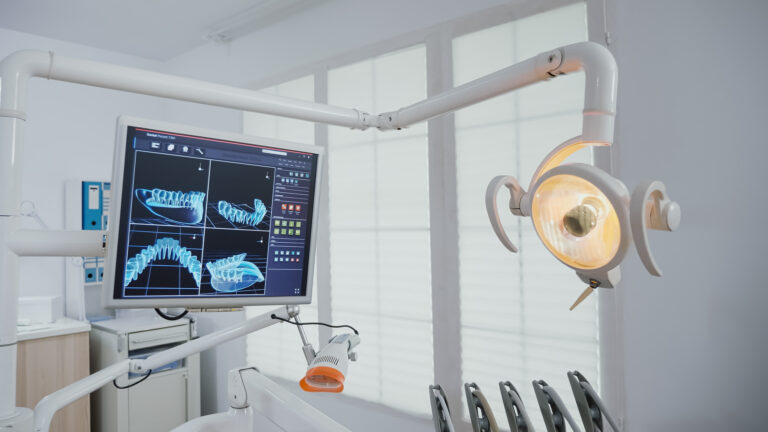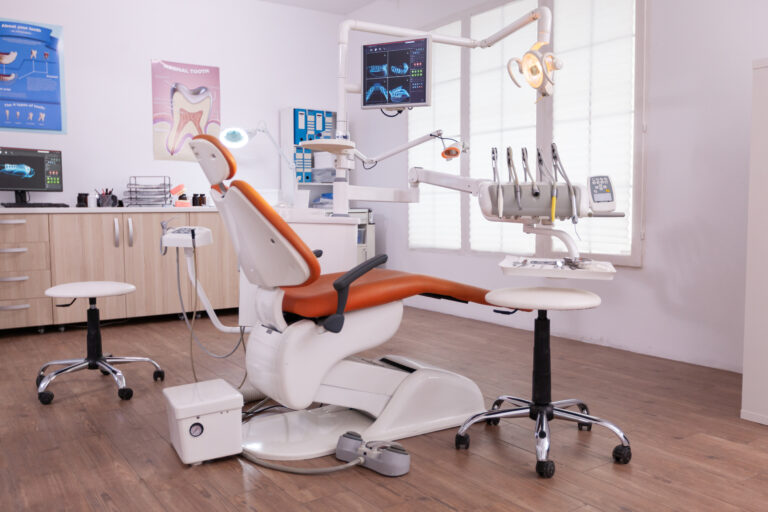How to Manage Medical Equipment Leasing Business Expenses Monthly
Table of Contents
Introduction
Managing monthly expenses is one of the most important aspects of running a successful medical equipment leasing business.
From purchasing and maintaining high-cost devices to managing staff, logistics, and marketing, every rupee spent must be tracked and optimized.
This guide will help you understand how to manage your business expenses efficiently in simple and practical ways.
What is Medical Equipment Leasing?
Medical equipment leasing is a business where companies provide hospitals, clinics, and home care providers with medical devices like ventilators, oxygen concentrators, ECG machines, or ultrasound scanners on rent or lease for a specific period.
Instead of buying the equipment outright, healthcare providers pay a monthly or yearly fee to use the equipment.
This model helps both patients and providers by reducing the upfront cost of medical devices.
How to Manage Monthly Expenses
1. Understanding Monthly Expenses
A. Equipment Procurement and Depreciation
* Buying medical equipment like dialysis machines or oxygen concentrators is expensive.
* These machines lose value over time, which is called depreciation.
* Track this depreciation monthly to understand how your asset value changes.
* Negotiate better deals with suppliers to save up to 20% in purchase costs.
B. Maintenance and Repairs
* Machines need servicing and occasional repairs to stay in good working condition.
* Maintenance can cost 10% to 15% of your monthly expenses.
* Sign annual maintenance contracts (AMC) with trusted vendors to avoid emergency breakdown costs.
C. Staff Salaries and Admin Expenses
* You need people to manage calls, track inventory, deliver, and install equipment.
* Staff salaries can make up 20% to 30% of your budget.
* Train your staff regularly to reduce errors and improve service.
D. Warehousing and Logistics
* Store your equipment in a clean, secure, and temperature-controlled facility.
* Transporting machines to and from clinics or homes costs money.
* These logistics and storage expenses can form 15% to 20% of your monthly cost.
E. Technology and Software
* Use lease management and billing software to track each order.
* These tools reduce human error and save time.
* Software costs may take up 15% to 25% of your monthly spending.
F. Marketing and Customer Acquisition
* You need to let hospitals and clinics know you offer rental services.
* Online ads, websites, and referral campaigns are important.
* Keep marketing costs within 10% to 15% of your monthly budget.
G. Legal, Insurance, and Compliance
* You must ensure your machines are protected against damage or theft.
* Hire legal experts to create lease contracts and ensure you follow all laws.
* Budget 5% to 10% for these fixed but important monthly costs.

2. Smart Cost-Saving Strategies
– Use Shared Office or Virtual Workspaces
Save rent by using shared office spaces or running virtually.
– Buy in Bulk or Make Annual Agreements
Negotiate better rates on equipment and maintenance when buying in bulk or signing longer contracts.
– Automate Repetitive Tasks
Use digital tools to automate billing, reporting, and customer service. This can reduce admin costs by 15%.
– Monitor Equipment Usage
Track how often each machine is used. Sell or avoid restocking underused devices.
– Optimize Delivery Routes
Plan deliveries smartly to reduce fuel and transport costs.
– Targeted Advertising
Run digital ads that only reach hospitals, clinics, and doctors in your service area.
3. Monthly Budgeting Tips
Create a Forecast
List all incoming cash from leases and all expected expenses. Use this forecast to plan and avoid surprises.
Set Budget Limits
Use expense-tracking software to alert you if any category crosses its monthly limit.
Industry Comparison
Compare your cost vs revenue with other leasing businesses. This helps you know if your operations are efficient.
Emergency Funds
Always keep a backup fund for machine failure or emergency repairs.
4. Example Monthly Expense Breakdown
Expense Category | % of Monthly Budget | Notes |
Equipment Maintenance | 10-15% | AMC, spare parts, servicing |
Staff & Admin | 20-30% | Salaries, training, HR |
Storage & Logistics | 15-20% | Warehouse rent, transport |
Technology & IT | 15-25% | Software, licenses, cyber-security |
Marketing & Sales | 10-15% | Online ads, website, leads |
Legal & Insurance | 5-10% | Contracts, equipment insurance |
Utilities & Overhead | 5-8% | Electricity, internet, water |
Top Medical Equipment Brands You Can Lease
*Philips Healthcare – for patient monitors and ventilators
*GE Healthcare – for ultrasound and ECG machines
*Mindray – affordable multipurpose devices
*Drager – high-end respiratory care equipment
*Oxymed – widely used portable oxygen concentrators
Conclusion
Managing your medical equipment leasing expenses each month is all about planning ahead, using the right tools, and making smart choices.
When you control your costs, automate what you can, and invest in good customer service and reliable equipment, your business becomes more stable and profitable.
Keep reviewing your budget, train your staff well, and stay updated with technology to stay ahead in this competitive market.
FAQs
**Q1: How much does it cost to start a medical equipment leasing business in India?**
A: You may need ₹10–50 lakhs, depending on the equipment you lease and your target market.
**Q2: How do I calculate my monthly leasing income?**
A: Add up all active lease contracts and subtract monthly costs like maintenance, salaries, logistics, and marketing.
**Q3: Should I buy new or refurbished medical equipment?**
A: For expensive items, refurbished equipment with a warranty is a good cost-saving option.
**Q4: What is the best way to manage customer records and billing?**
A: Use cloud-based software that offers lease tracking, invoice generation, and reminders.
**Q5: How often should I review my monthly budget?**
A: Review expenses at least once a month. Make quarterly comparisons for better long-term planning.
Also Read
- Pradhan Mantri Jan Arogya Yojana : Great Opportunity for Small Healthcare Providers
Indian Healthcare Sector:-Want to know how Digital India Is Transforming Small Pharmacies?
Want Better Rates and Priority Supply? Pay Your Vendors Early — Here’s Why It Works
Running a Private Clinic? Here’s How to Track and Cut Monthly Costs





